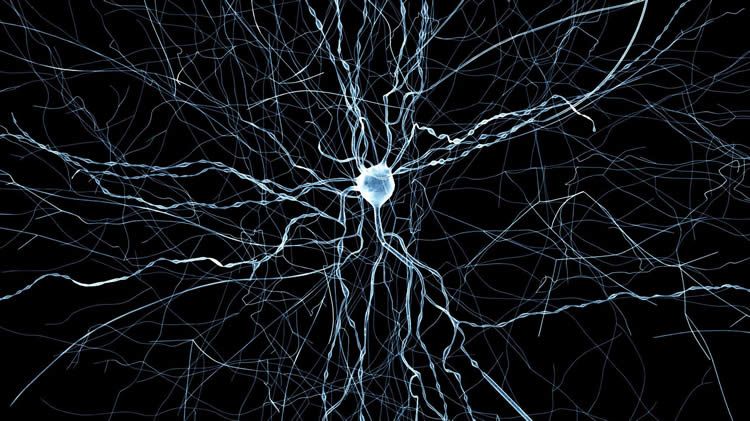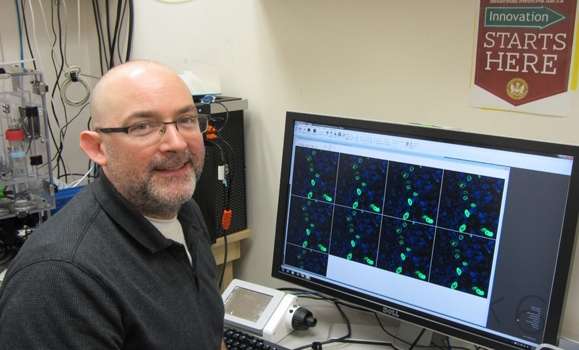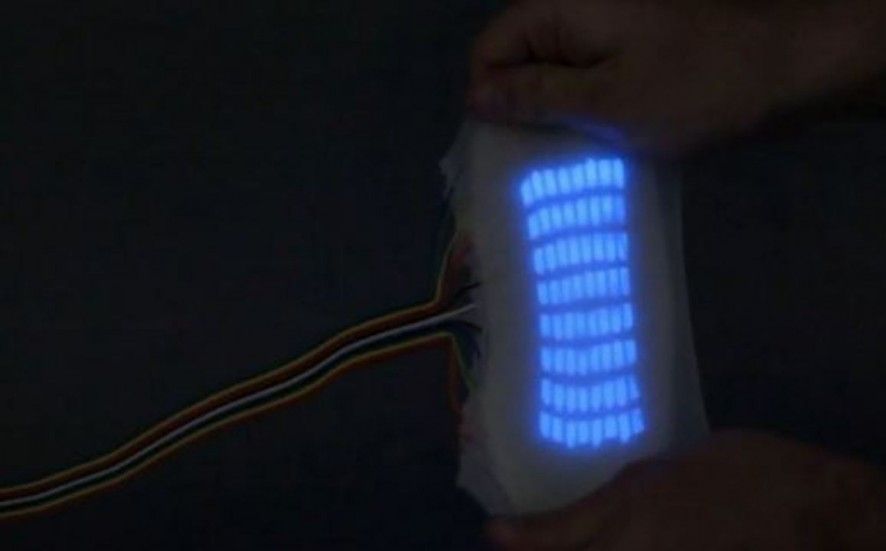Mar 4, 2016
The world’s biggest source of freshwater is beneath your feet
Posted by Shailesh Prasad in category: food
You might not give it more than a passing thought, but groundwater is a vital freshwater resource. In Australia alone, the reserves of groundwater help to earn the nation a steady A$34 billion a year from mining, food production and manufacturing.
But it’s also a vulnerable resource. Worldwide, about 1.7 billion people live in regions where groundwater is under stress, 60 percent of them in India and China.
US and Canadian researchers recently calculated the total amount of the world’s groundwater and estimated that it is equivalent to a lake 180 metres deep covering the entire Earth. This makes groundwater the largest active freshwater resource on the planet.
Continue reading “The world’s biggest source of freshwater is beneath your feet” »















